Home>diy>Building & Construction>How Long Does It Take To Close On A Construction Loan
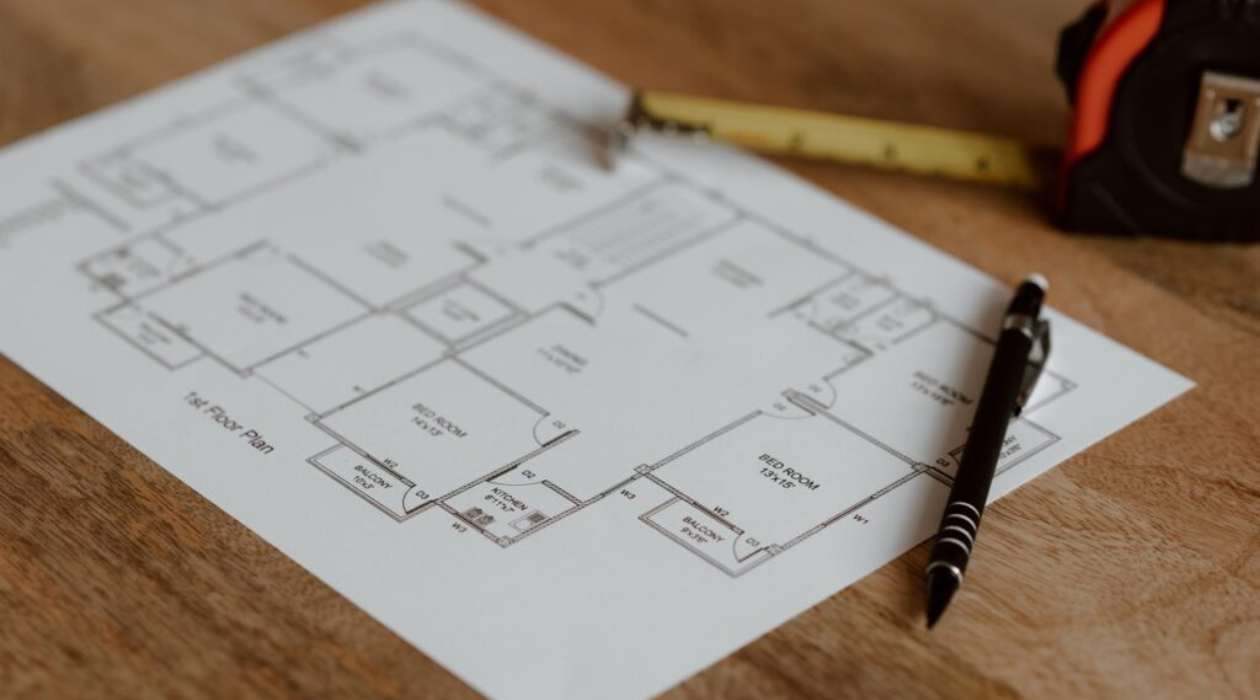

Building & Construction
How Long Does It Take To Close On A Construction Loan
Modified: December 7, 2023
Find out how long it typically takes to close on a construction loan for your building construction project and get started on your dream project soon!
(Many of the links in this article redirect to a specific reviewed product. Your purchase of these products through affiliate links helps to generate commission for Storables.com, at no extra cost. Learn more)
Introduction
Welcome to the world of construction loans! If you’re planning to build your dream home or undertake a major renovation project, understanding the construction loan process is crucial. Construction loans are a specialized form of financing that fund the construction phase of a project, and they differ from traditional mortgage loans.
In this article, we will take a closer look at the timeline and process involved in closing on a construction loan. From the initial application to the final closing, we’ll explore the various stages and requirements along the way.
Before we dive into the details, it’s important to have a basic understanding of construction loans. These loans are typically short-term loans that provide funds to cover the cost of building or renovating a property. Unlike traditional mortgage loans that are based on the completed value of a property, construction loans are based on the estimated value of the property after construction or renovation.
Construction loans are typically disbursed in a series of payments, known as draws, to cover the expenses incurred during different stages of the construction process. The lender will work closely with the borrower and the contractor, ensuring the loan funds are used appropriately and the project is progressing according to plan.
Now that we have a general understanding of construction loans, let’s delve into the timeline and steps involved in closing on a construction loan. From the initial application to the final disbursement of funds, there are several critical stages that you need to be aware of to ensure a smooth and successful construction loan closing.
So, buckle up and let’s embark on this exciting journey to discover how long it takes to close on a construction loan!
Key Takeaways:
- Closing on a construction loan involves multiple stages, from application to final disbursement. It requires careful financial planning, thorough documentation, and effective communication with lenders and contractors.
- The construction loan process includes pre-approval, underwriting, draw requests, and closing. It’s a complex but rewarding journey that culminates in the realization of your dream home or renovation project.
Understanding Construction Loans
Before diving into the process of closing on a construction loan, it’s important to have a clear understanding of how these loans work. Construction loans are unique in that they are specifically designed to fund the construction phase of a project. Here are a few key points to keep in mind:
- Short-term loans: Construction loans are typically short-term loans, with terms ranging from 6 to 18 months. The loan is meant to cover the expenses incurred during the construction process, such as labor, materials, permits, and equipment.
- Interest-only payments: During the construction phase, borrowers usually make interest-only payments on the loan. This allows them to manage the financial burden while the property is under construction. Once the construction is complete, the loan can be refinanced into a long-term mortgage or paid off.
- Construction-to-permanent loans: Some construction loans are structured as construction-to-permanent loans. This means that once the construction is complete, the loan automatically converts into a traditional mortgage. This eliminates the need for a separate mortgage application and closing process.
- Loan-to-value ratio: Construction loans are typically based on the future value of the property, known as the After-Repair Value (ARV) or the After-Improved Value (AIV). The loan amount is determined based on a percentage of this value, known as the loan-to-value (LTV) ratio. Lenders typically offer loans with an LTV ratio of 80% to 90%.
- Construction plans and specifications: To secure a construction loan, borrowers need to provide detailed construction plans, specifications, and cost estimates. These documents help lenders assess the feasibility of the project and determine the loan amount.
Now that we have a solid understanding of construction loans, let’s move on to the next phase of the process: the application process.
The Application Process
The application process for a construction loan is a crucial step toward securing financing for your construction project. It involves gathering necessary documentation, filling out applications, and submitting the required paperwork to your lender. Here’s a breakdown of the key steps involved:
- Research and choose a lender: Start by researching different lenders who offer construction loans. Look for lenders who have experience working with construction projects and offer competitive interest rates and terms.
- Gather necessary documentation: Before applying for a construction loan, gather the necessary documentation. This typically includes personal financial information, such as income statements, tax returns, and bank statements. You will also need to provide detailed construction plans, as well as cost estimates from contractors.
- Pre-qualification or pre-approval: Some lenders offer pre-qualification or pre-approval for construction loans. This step involves providing basic financial information to the lender, who will assess your borrowing capacity and provide an estimate of the loan amount you could qualify for.
- Complete the loan application: Once you’ve chosen a lender and gathered your documentation, it’s time to complete the loan application. Fill out the application accurately and provide detailed information about the construction project, including the scope of work, estimated timeline, and budget.
- Submit the necessary paperwork: Along with the loan application, you will need to submit additional paperwork, such as the construction plans, specifications, cost estimates, and any other documents required by the lender. Make sure to review the requirements carefully and provide all the necessary information.
- Pay any application or origination fees: Some lenders may charge application or origination fees for processing your construction loan. Be prepared to pay these fees, and make sure to ask about any additional costs or fees associated with the loan.
- Wait for approval: Once you’ve submitted your application and all the required documentation, the lender will review your information and make a decision. This process can take a few weeks, as the lender needs to assess the feasibility of the project and evaluate your financial standing.
Once your application is approved, you can move on to the next phase: the pre-approval phase. This stage involves further evaluation of your financials and assessment of the construction plans before finalizing the loan terms and disbursing funds.
Now that we have covered the application process, let’s move on to the details of the pre-approval phase.
Pre-Approval Phase
Once your construction loan application is approved, you will enter the pre-approval phase. This stage involves further evaluation of your financials and the construction plans to ensure everything is in order before finalizing the loan terms and disbursing funds. Here’s what you can expect during the pre-approval phase:
- Financial verification: The lender will conduct a thorough review of your financial information to verify your income, assets, and creditworthiness. This includes reviewing your pay stubs, bank statements, tax returns, and credit history. The lender will also calculate your debt-to-income (DTI) ratio to determine your ability to repay the loan.
- Property appraisal: To assess the value of the property, the lender will order an appraisal. A professional appraiser will visit the site, evaluate the proposed construction plans, and determine the estimated value of the property once the construction is complete. The appraiser’s report will be used by the lender to calculate the loan amount and verify the loan-to-value (LTV) ratio.
- Project evaluation: During the pre-approval phase, the lender will closely evaluate the construction plans, cost estimates, and timeline provided by the borrower. They will ensure that the project is feasible and realistic, and that it aligns with local building codes and regulations.
- Loan terms negotiation: Once the financial and project evaluations are complete, the lender will present you with the proposed loan terms, including the interest rate, loan amount, repayment terms, and any other conditions or requirements. Take the time to carefully review the terms and negotiate if needed.
- Property insurance: Before finalizing the loan, the lender will require you to obtain property insurance. This is to protect both you and the lender in the event of any damage or loss during the construction process.
- Loan commitment: Once all the necessary evaluations, verifications, and negotiations are complete, the lender will issue a loan commitment letter. This letter outlines the final approved loan terms and serves as a formal agreement between you and the lender.
It’s important to note that the pre-approval phase may take several weeks to complete, as it involves a thorough assessment of your financials and the construction project. It’s crucial to provide all the requested information and cooperate with the lender to ensure a smooth and timely approval process.
With the pre-approval phase successfully completed, you are one step closer to closing on your construction loan. In the next phase, we will explore the processing and underwriting process.
Processing and Underwriting
After the pre-approval phase, your construction loan application moves into the processing and underwriting stage. This is where the lender thoroughly evaluates your application, conducts additional verifications, and ensures that all requirements are met before finalizing the loan. Here’s what to expect during the processing and underwriting process:
- Document verification: The lender will review all the documents provided during the application phase in detail. They will verify your income, assets, and other financial information to ensure accuracy and consistency.
- Employment verification: The lender may contact your employer to verify your employment and income. This verification helps validate the information provided in your application and contributes to the lender’s assessment of your ability to repay the loan.
- Credit check: The lender will pull your credit report and evaluate your credit history. This includes reviewing your credit score, payment history, outstanding debts, and any derogatory marks. A strong credit history demonstrates financial responsibility and enhances your chances of loan approval.
- Additional information or documentation: During the processing stage, the lender may request additional information or documentation to further support your application. This can include updated financial statements, proof of insurance, or additional construction-related documentation.
- Loan underwriting: Once all the documentation and verifications are complete, the lender’s underwriting team will analyze the information to assess the level of risk associated with the loan. They will consider factors such as your creditworthiness, income stability, and the feasibility of the construction project.
- Appraisal review: The lender will review the appraisal report obtained during the pre-approval phase. They will ensure that the appraiser’s evaluation aligns with the proposed construction plans and supports the loan amount requested.
- Loan approval: After a thorough evaluation, if the lender is satisfied with the information provided and deems the loan viable, they will issue a formal loan approval. This approval is typically contingent upon certain conditions, such as providing updated documentation or satisfying additional requirements.
- Conditional loan approval: If the loan approval includes specific conditions, such as additional documentation or repairs to be completed, you will need to fulfill these conditions before the loan can proceed to the closing stage.
The processing and underwriting stage can be time-consuming, often taking several weeks to complete. It’s important to promptly respond to any requests from the lender and provide any additional information required to move the process forward.
With the loan processing and underwriting complete, it’s time to move on to the next phase: the construction phase. We’ll explore this exciting stage in the construction loan process in the next section.
Tip: The time it takes to close on a construction loan can vary, but typically it takes between 45 to 60 days. Be prepared for potential delays and have all necessary documentation ready to expedite the process.
Read more: When Do You Close On A Construction Loan
Construction Phase
After the loan processing and underwriting stage, you will enter the construction phase of your construction loan. This is where the actual construction or renovation of your property takes place. Here’s what you can expect during this exciting phase:
- Contractor selection: If you haven’t already chosen a contractor, now is the time to do so. Select a reputable and experienced contractor who specializes in the type of project you are undertaking. Make sure to thoroughly review their credentials, previous work, and references.
- Construction contracts: Work with your chosen contractor to finalize the construction contract. The contract should outline the scope of work, materials to be used, timeline, payment structure, and any other relevant details. It’s important to have a legally binding agreement in place to protect both parties.
- Permits and inspections: Obtain any necessary permits or approvals required for the construction or renovation project. This may include building permits, zoning approvals, or environmental permits. Throughout the construction process, inspections will also be conducted to ensure compliance with building codes and regulations.
- Regular progress meetings: Maintain open communication with your contractor and schedule regular progress meetings. These meetings allow you to discuss the project’s progress, address any concerns, and ensure that it is proceeding according to plan.
- Draw requests: During the construction phase, you will submit draw requests to your lender. These requests outline the completed work, corresponding expenses, and the amount needed to cover those expenses. The lender will review the requests and disburse funds accordingly.
- Monitoring the project: As the construction progresses, it’s important to monitor the project closely. Regular site visits can help ensure that the work is being done properly and according to the agreed-upon plans. If any deviations or issues arise, address them promptly with your contractor.
- Change orders: It’s common for changes to arise during the construction phase. These can include design adjustments, material substitutions, or unforeseen conditions. Make sure to document any changes and obtain signed change orders from your contractor to ensure clear communication and proper pricing adjustments.
- Payment disbursements: As each draw request is approved by the lender, funds will be disbursed to cover the construction expenses. It’s essential to manage your budget carefully and ensure that the funds are allocated appropriately to keep the project on track.
The construction phase is an exciting and dynamic time, as you witness your dreams taking shape. Stay engaged, communicate effectively with your contractor, and keep your lender informed of the progress to ensure a smooth construction process. Once the construction is completed and all necessary inspections are passed, it’s time to move on to the next phase: the required inspections and appraisals.
Required Inspections and Appraisals
As you near the completion of your construction project, there are typically two crucial steps that need to be completed: required inspections and appraisals. Both play an essential role in ensuring the quality and value of your property. Let’s take a closer look at each of these steps:
- Inspections: Throughout the construction process, various inspections will be required to ensure that the work meets building codes and regulations. These inspections are typically conducted by local government or third-party inspectors. Common inspections include foundation inspections, framing inspections, electrical inspections, plumbing inspections, and final inspections. It’s important to schedule these inspections in advance and address any issues or deficiencies identified during the inspection process.
- Appraisals: Once the construction is complete and all necessary inspections are passed, an appraisal is conducted to determine the market value of the property. The appraiser will assess the property’s condition, features, and overall quality to determine its current market worth. The appraisal plays a crucial role in finalizing the loan amount and ensuring that it aligns with the property’s value. If the appraisal falls short of the expected value, it may impact the loan terms or require additional negotiations.
Both inspections and appraisals are critical steps in the construction loan process, as they ensure that the property meets required standards and that the loan amount is appropriate based on its market value. It’s important to work closely with your contractor to address any issues identified during inspections and to provide all necessary documentation and information to support the appraisal process.
Once the inspections and appraisals are successfully completed, the construction loan enters the final stages: the draw schedule and disbursement, followed by the closing on the construction loan. We will delve into these final phases in the upcoming sections.
Draw Schedule and Disbursement
During the construction phase of your project, the draw schedule and disbursement process plays a crucial role in managing the flow of funds from your construction loan. The draw schedule outlines when and how funds will be released to cover construction-related expenses. Here’s what you need to know about the draw schedule and disbursement process:
- Create a draw schedule: The draw schedule is typically established at the beginning of the construction project. It outlines the specific milestones or stages of the project at which funds will be disbursed. This schedule is agreed upon by the lender, the borrower, and the contractor to ensure a smooth and controlled flow of funds.
- Submit draw requests: As each milestone or stage of the project is completed, the borrower will submit a draw request to the lender. This request includes documentation, such as invoices, receipts, and proof of completion of the work, that supports the requested funds. It’s important to provide accurate and detailed information to ensure a smooth approval process.
- Lender review and inspection: Upon receiving a draw request, the lender will review the documentation and may conduct an inspection to verify the completion of the work. This is to ensure that the funds requested are appropriate and in line with the actual progress of the construction project.
- Disbursement of funds: Once the draw request is approved by the lender, the funds will be disbursed to cover the approved expenses. The disbursement is typically made directly to the borrower, who is responsible for distributing the funds to the appropriate parties, such as contractors, suppliers, or subcontractors, as outlined in the draw request.
- Keep track of expenses: It’s crucial to keep meticulous records of all expenses related to the construction project. This includes invoices, receipts, and any other documentation that demonstrates how the disbursed funds were used. These records will not only help with accurate accounting but also with future audits or verifications.
The draw schedule and disbursement process helps ensure proper management of funds and control over the construction project. It allows for transparency and accountability, both for the lender and the borrower. It’s important to maintain open communication with your lender, provide all necessary documentation promptly, and be prepared to address any questions or concerns that arise during the draw request review process.
As the construction project approaches its final stages, it’s time to prepare for the last step: closing on the construction loan. We will explore this final phase in the next section.
Closing on the Construction Loan
The closing phase is the final step in the construction loan process. It involves the completion of all paperwork, legal formalities, and financial transactions necessary to finalize the construction loan. Here’s a breakdown of what to expect during the closing process:
- Finalize loan documents: Prior to closing, you will review and sign the final loan documents. These documents include the promissory note, mortgage or deed of trust, and any other relevant agreements. It’s important to carefully read through these documents and ask any questions you may have before signing.
- Review loan terms: Take the time to review the loan terms and ensure that they align with your expectations and agreements with the lender. Pay attention to details such as interest rate, repayment terms, any applicable fees, and any contingencies mentioned in the loan documents.
- Down payment and closing costs: At the closing, you will typically be required to provide the down payment and cover any closing costs associated with the construction loan. These costs may include loan origination fees, title search and insurance fees, appraisal fees, and attorney fees. Be prepared to bring certified funds or arrange for a wire transfer to cover these expenses.
- Title search and insurance: The lender will conduct a title search to ensure that there are no liens or legal issues with the property. It’s also crucial to obtain title insurance to protect yourself and the lender against any unforeseen title-related problems in the future.
- Final disbursement: At the closing, the final disbursement of funds will take place. This includes any remaining loan funds to be disbursed to cover outstanding construction-related expenses or pay off existing liens on the property. The disbursement will follow the agreed-upon draw schedule and be coordinated by the lender.
- Record the mortgage: After the closing, the mortgage or deed of trust will be recorded in the county’s land records. This step protects the lender’s interest in the property and establishes your legal ownership rights.
- Transition to permanent financing: If your construction loan is structured as a construction-to-permanent loan, this is the stage where it transitions into a traditional mortgage. The lender will provide instructions on how to proceed with the permanent financing, including any additional documentation or requirements.
Closing on a construction loan is a significant milestone, as it marks the completion of the loan process and the official transfer of funds and ownership. It’s important to carefully review and understand all the documents and agreements involved in the closing. Consult with professionals, such as attorneys or real estate agents, if needed, to ensure a smooth and error-free closing process.
With the loan officially closed, you can now focus on enjoying your completed construction project and making your dream home a reality. Congratulations!
Read more: How Does A Construction Loan Work
Conclusion
Closing on a construction loan is an exciting and complex process that requires careful planning, organization, and collaboration between the borrower, lender, and contractor. Throughout this article, we’ve explored the various stages involved in closing on a construction loan, from understanding construction loans and the application process to the construction phase and the final closing.
Construction loans provide the necessary funds to bring your vision to life, whether it’s building your dream home or undertaking a major renovation project. These loans differ from traditional mortgage loans, as they are based on the estimated value of the property after construction or renovation. They are typically short-term loans and involve a series of disbursements, known as draws, to cover the construction-related expenses.
During the application process, it’s important to research lenders, gather all the necessary documentation, and complete the loan application accurately. The pre-approval phase involves further evaluation of your financials and construction plans, while the processing and underwriting stage entails a thorough review of your application and the assessment of risk by the lender.
Once your loan is approved and the construction phase begins, it’s essential to closely monitor the progress, schedule regular meetings with your contractor, and submit draw requests to access the funds needed to cover construction expenses. Inspections and appraisals ensure compliance with building codes and regulations, as well as the determination of the property’s market value.
As the construction project nears completion, the draw schedule and disbursement process help manage the flow of funds, while the closing process involves finalizing the loan documents and completing all legal and financial transactions. It’s crucial to review and understand the loan terms, arrange for down payment and closing costs, and ensure all necessary documentation is in order.
Closing on a construction loan is a significant milestone that paves the way for the transition to permanent financing or the enjoyment of your completed construction project. As you embark on this journey, remember to stay organized, communicate effectively with your lender and contractor, and address any issues or concerns promptly.
Now that you have a comprehensive understanding of the process and timeline involved in closing on a construction loan, you can confidently navigate this complex and rewarding experience. Best of luck with your construction project and may your new property be everything you’ve envisioned!
Frequently Asked Questions about How Long Does It Take To Close On A Construction Loan
Was this page helpful?
At Storables.com, we guarantee accurate and reliable information. Our content, validated by Expert Board Contributors, is crafted following stringent Editorial Policies. We're committed to providing you with well-researched, expert-backed insights for all your informational needs.
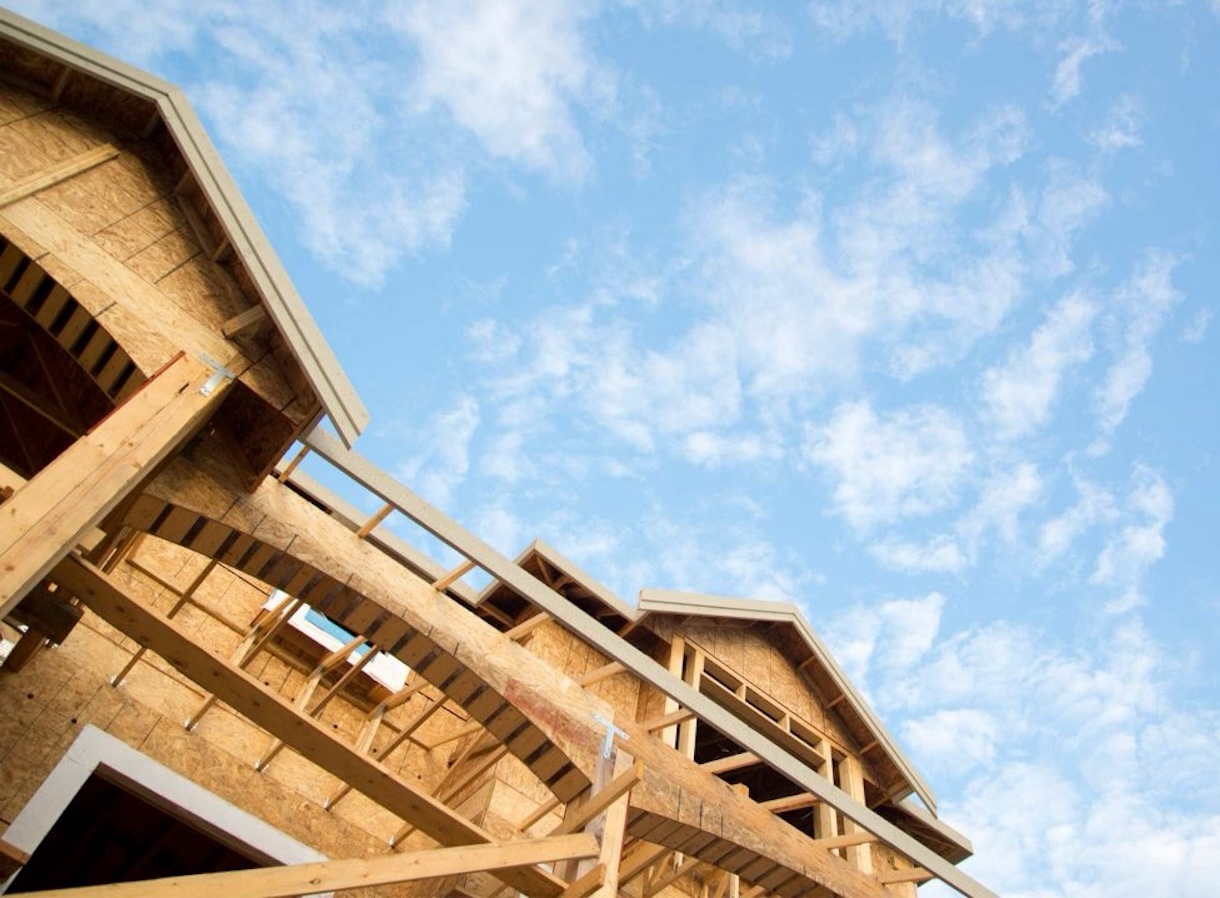
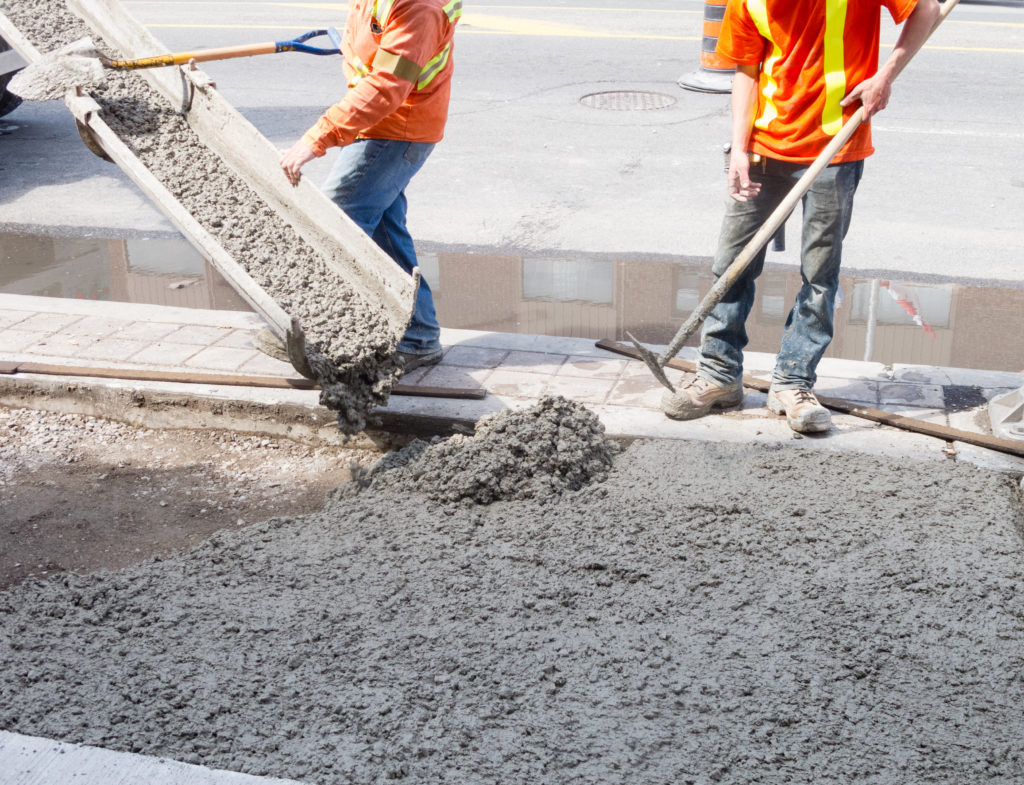
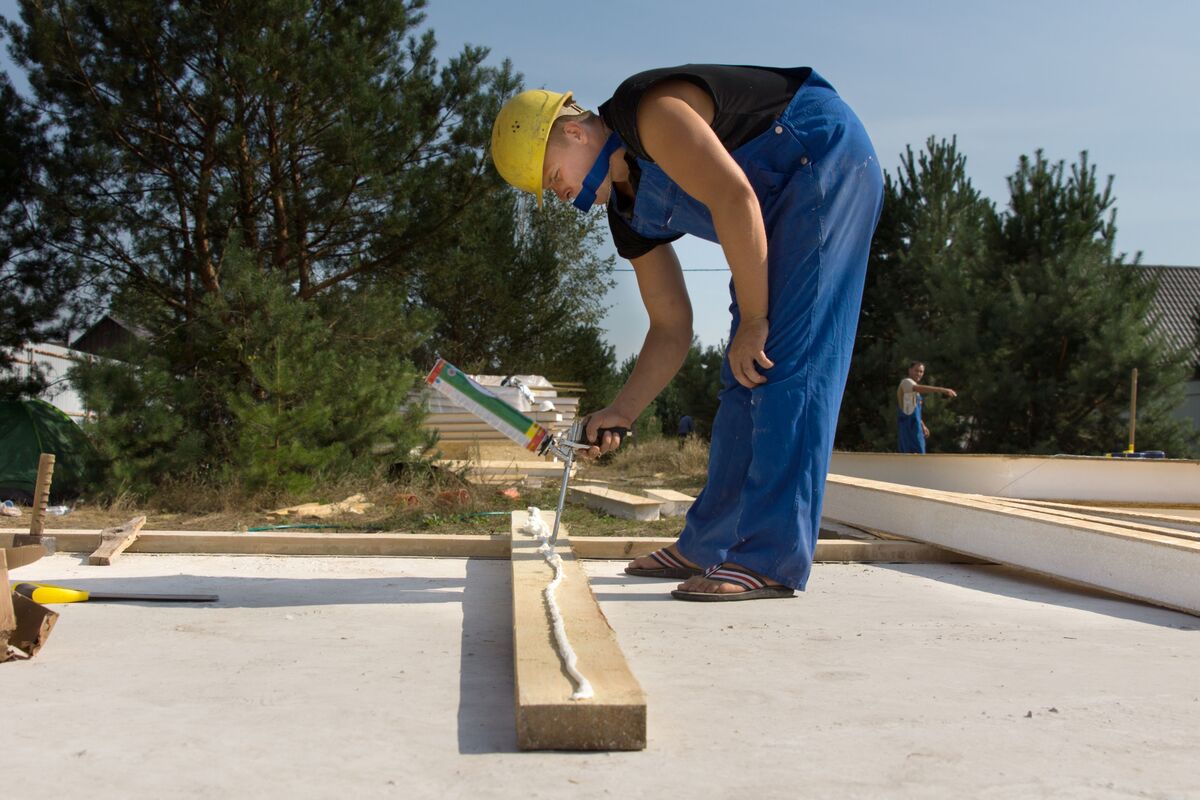

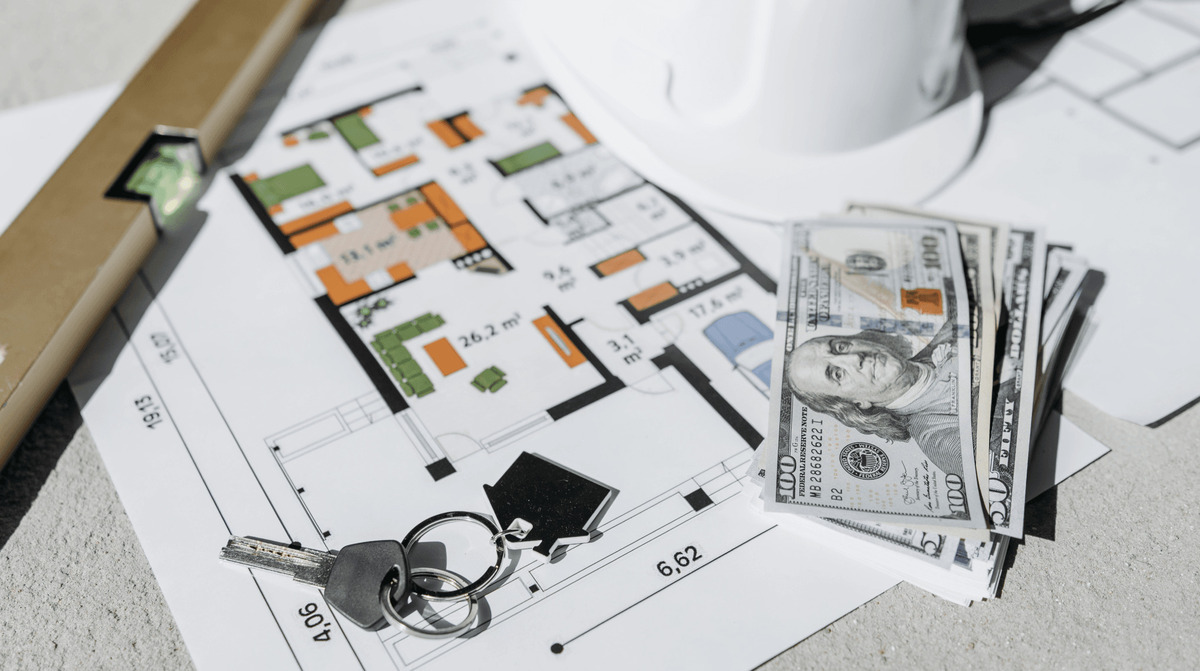
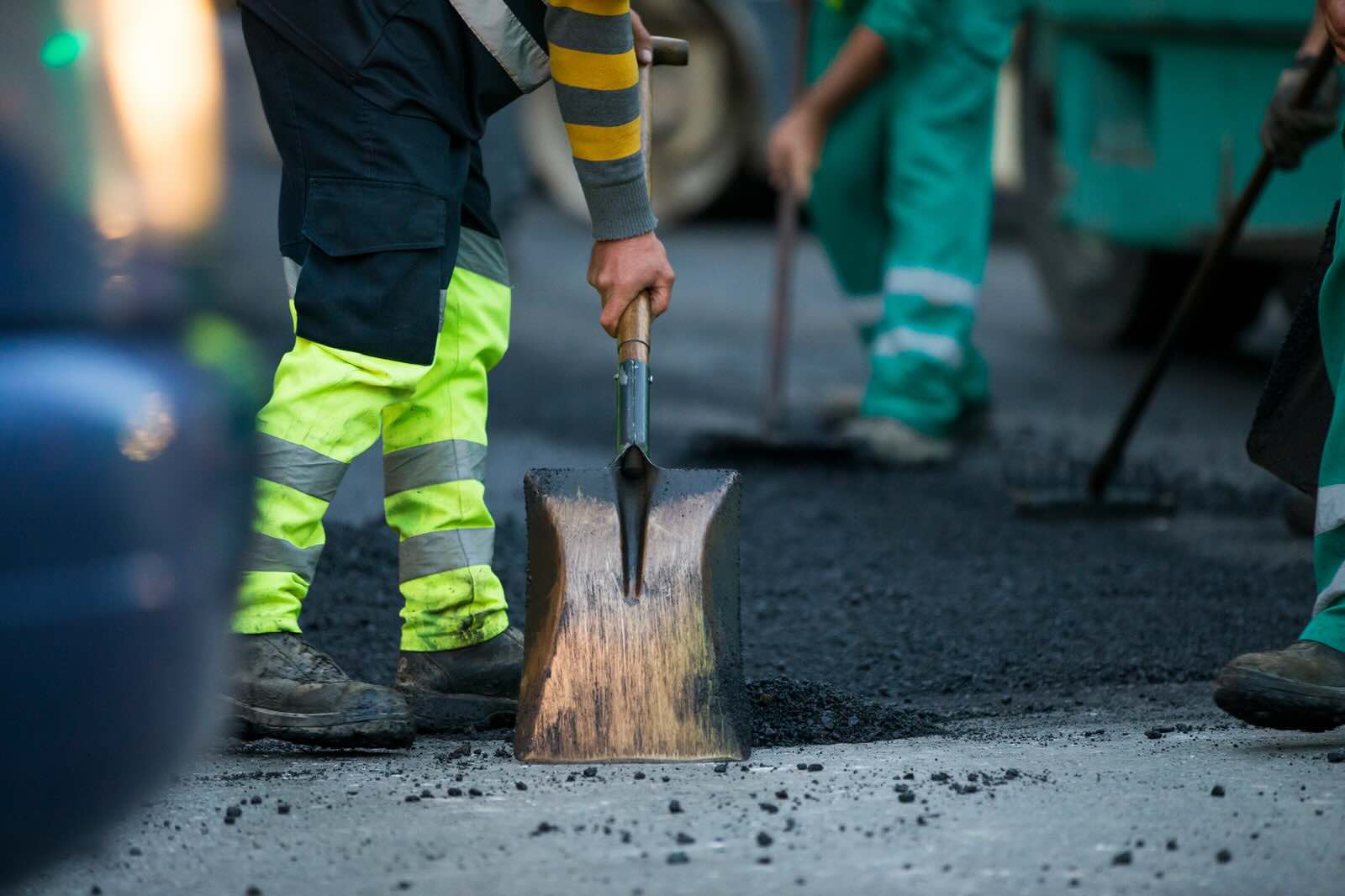
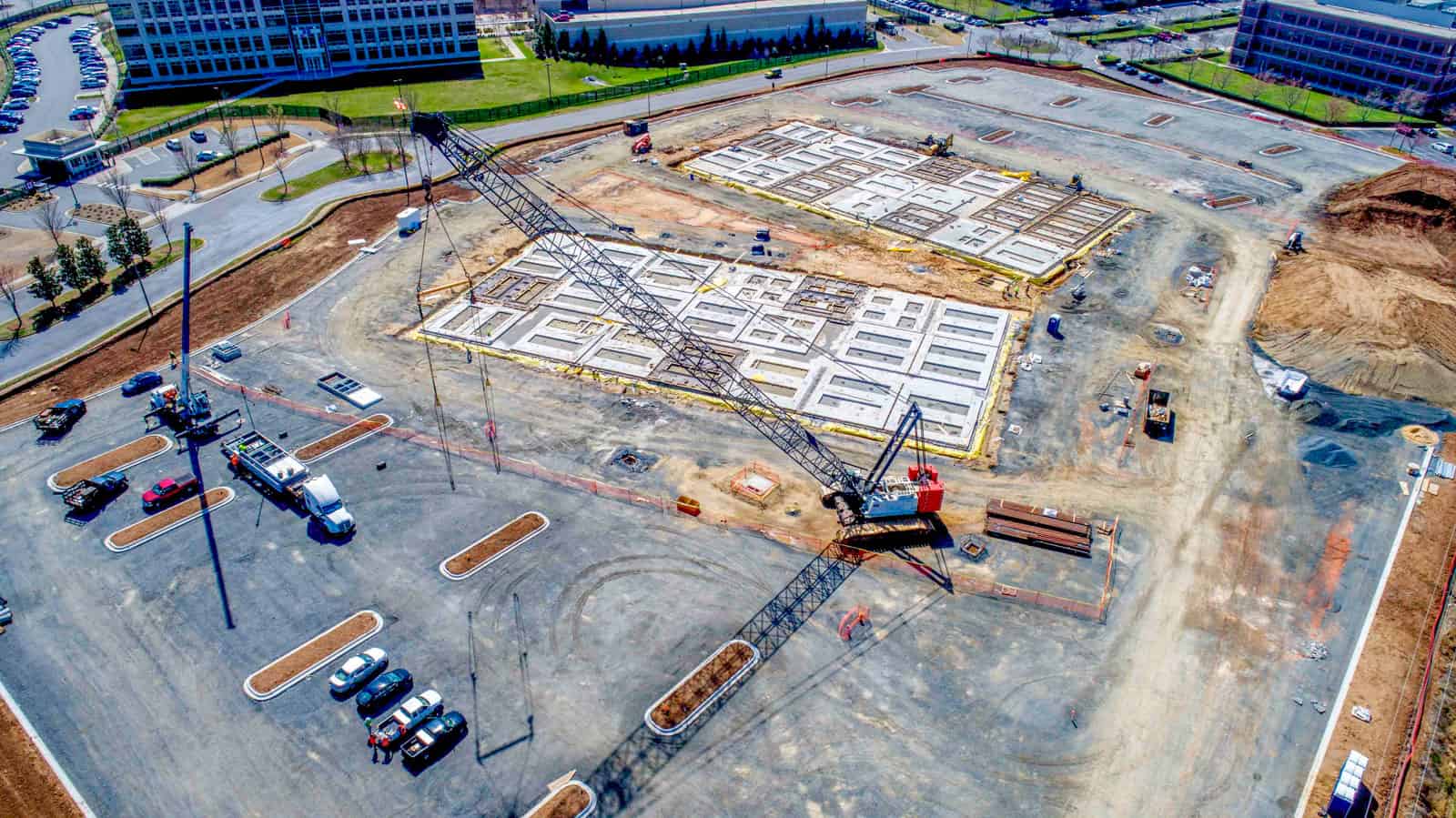
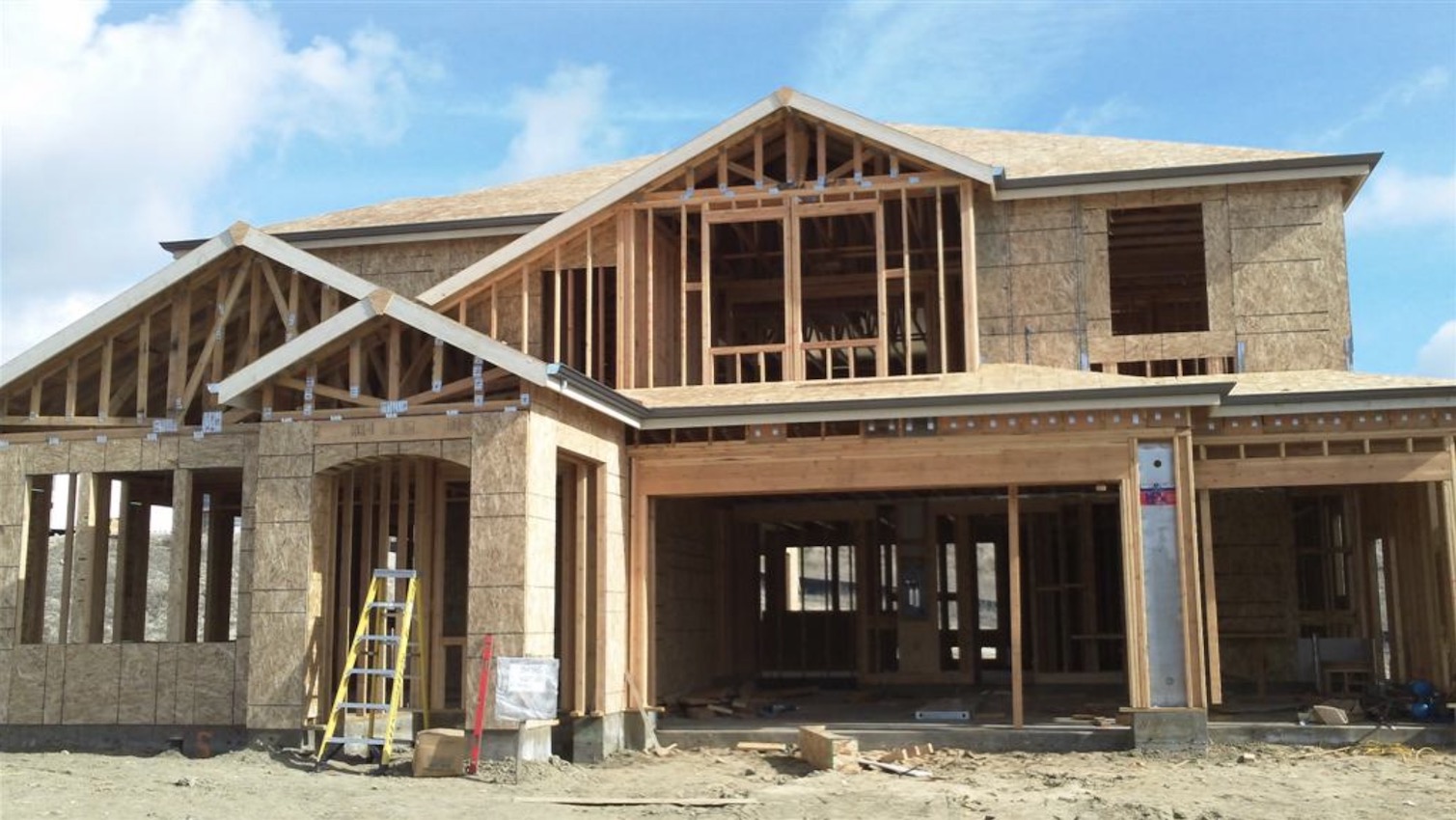






0 thoughts on “How Long Does It Take To Close On A Construction Loan”